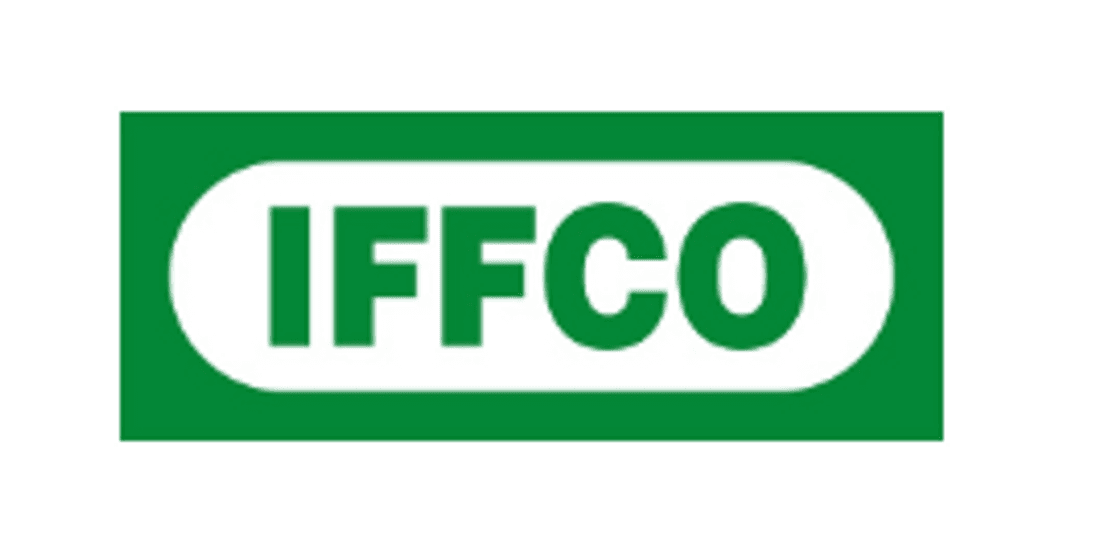Executive Summary
Capital underpins co-operatives. From financial institutions to fisheries, members come together to pool capital and do more together than they could alone. But the other side of the capital coin is that when co-operatives can’t get enough, because of either regulation or long-standing practice, they may get bogged down or fail to get off the ground in the first place.
This report undertakes a survey of capital in co-operatives around the world. It addresses capital in the broad sense of the range of debt and equity instruments used to finance the assets and operations of co-operatives. More narrowly defined regulatory capital is an important subset for the financial co-operatives—co-operative and mutual banks, credit unions, and co-operative and mutual insurance companies—that make up 45% of the 300 largest co-operative and mutual organizations (the Global 300). Some specific observations are provided on regulatory capital issues, but the main focus of this report is capital more broadly.
Sponsors



